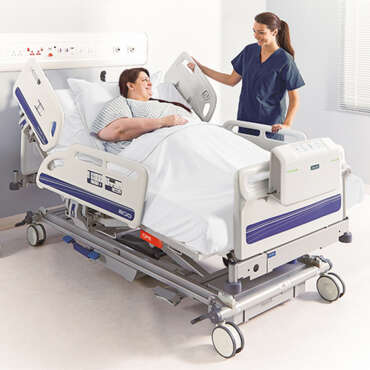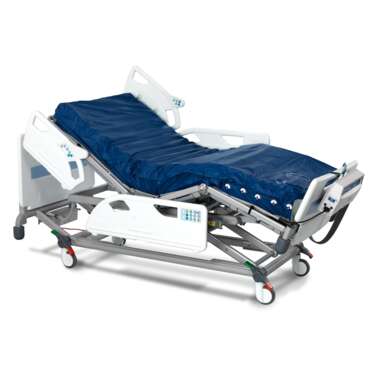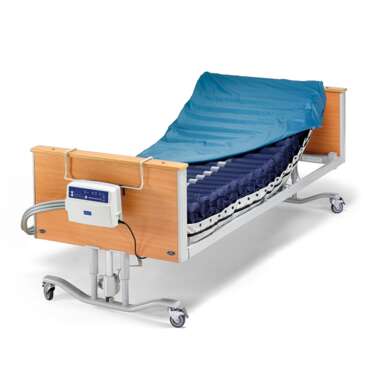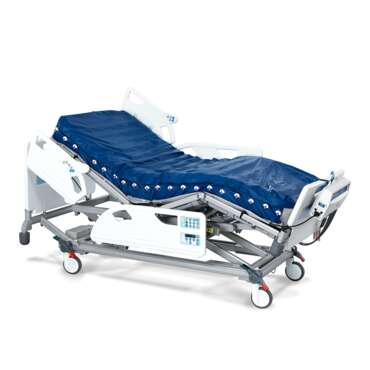
Auralis Plus
%20830x470_Product_Node_Hero_Image.jpg)
AtmosAir Velaris

Your timely intervention is everything
Knowing what actions to take and when can make all the difference in
preventing pressure injuries from developing.
_Blog%20Image.jpg)
Hear from a clinical expert
To acknowledge ‘Stop Pressure Injury Day 2024’ our clinical expert shares new perspectives on the power of timely intervention
AtmosAir Velaris®: Because Time is Everything.
The comfort and pressure redistribution of a reactive surface meets the full pressure offloading of an active alternating surface in AtmosAir Velaris.
Designed to support a One Surface Strategy, Velaris allows you to deliver customised intervention without having to change the mattress, freeing up time and cutting cost without compromising on therapy.

Sign up for our pressure injury prevention newsletter
To receive updates on clinical evidence, case studies, webinars by industry thought leaders and more supporting pressure injury prevention across all care settings.
_Blog%20Image.jpg)
Support surface and patient handling intervention in pressure injury prevention, and measuring outcomes that matter
Utilising international clinical practice guidelines as part of the pressure injury prevention strategy (EPUAP – NPIAP – PPPIA)
The 2019 guidelines jointly released by the EPUAP, NPIAP and PPPIA represent a truly international perspective on pressure injury prevention and management, reflecting multidisciplinary expertise, insight from key opinion leaders, and cutting edge research from around the world. Our clinical focus report spotlights how Arjo solutions align with the best practice guidance.

Flap and graft applications
Learn how the Citadel® C200 patient care system compares to another support surface widely used for post-operative Flap and Graft applications
Prone positioning with Nimbus Professional
Allowing caregivers to completely deflate individual cells under the patient’s body, Nimbus Professional provides an adaptable solution for the management of highly vulnerable areas.
Read more in our clinical focus brochure.

Auralis® Alternating Pressure System
Designed for high acuity patients with limited mobility and compromised skin integrity, the Auralis Alternating Pressure Mattress System assists you in managing your patient’s needs to minimise the risk and burden of pressure injury.

Auralis® Plus - Supporting a seamless bariatric care environment
Intelligent, dual-therapy system combined with integrated compatibility for advanced microclimate management, supports the provision of a seamless and tailored bariatric system for the prevention and management of pressure ulcers.
"A pressure sore can make or break"
At first, Paralympic gold medalist Peter Genyn thought the small wound on his back was just a pimple. It didn’t take him long to realise just how dangerous it could be. “If I would have had a pressure sore in Rio, I wouldn’t be able to win my medal.”
_Blog%20Image.jpg)
The Arjo Pressure Injury Prevention portfolio
From support surfaces and microclimate management to early and objective risk identification, we offer market leading innovations designed to support your pressure injury prevention and management in all care settings.







_Product_Node_Hero_Image.jpg)

_Product_Node_Hero_Image.jpg)